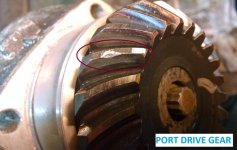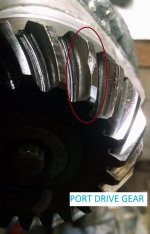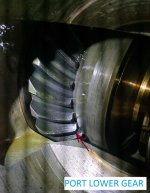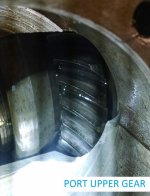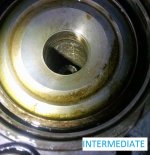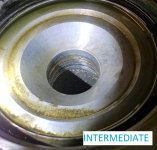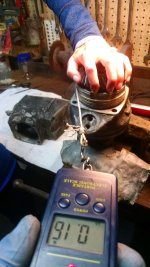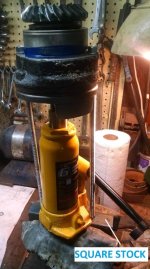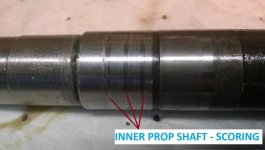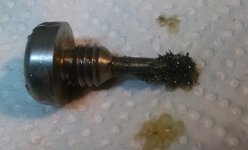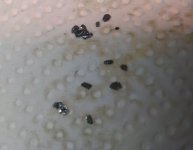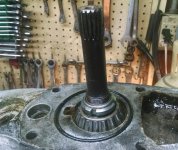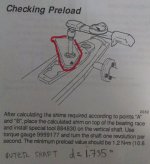I need to replace the oil seal on a 290 DP upper gear unit. The unit utilizes a crush sleeve on the drive gear.
Questions:
1. I have read some people replace the oil seal without installing a new crush sleeve. They simply tighten the torx bolt +5 ft-lbs. Though not the 'proper way', this would say a great deal of time. What are the thoughts and comments on this approach?
2. Is there a torque specification for the bolt fastening the drive gear to the u-joint yoke, or is it simply incrementally tightened until proper preload is achieved (1.10 - 1.76 lbs for used bearings)? I can acquire a rough value of the existing tightening torque by using a torque wrench during disassembly, but this would be fuzzy at best.
3. Could someone explain the bearing preload measuring procedure to me (attached below)? Do you simply lock the u-joint in a vise, hold the drive gear in your hand to resist movement, tie a string around the bearing box connected to a spring scale and pull? 1.10 - 1.76 lbs seems so low I would think this is difficult to accomplish with great precision.....
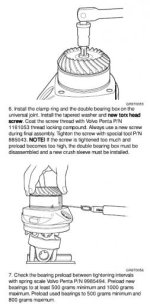
Thanks for reading and offering any help!
Mike
Questions:
1. I have read some people replace the oil seal without installing a new crush sleeve. They simply tighten the torx bolt +5 ft-lbs. Though not the 'proper way', this would say a great deal of time. What are the thoughts and comments on this approach?
2. Is there a torque specification for the bolt fastening the drive gear to the u-joint yoke, or is it simply incrementally tightened until proper preload is achieved (1.10 - 1.76 lbs for used bearings)? I can acquire a rough value of the existing tightening torque by using a torque wrench during disassembly, but this would be fuzzy at best.
3. Could someone explain the bearing preload measuring procedure to me (attached below)? Do you simply lock the u-joint in a vise, hold the drive gear in your hand to resist movement, tie a string around the bearing box connected to a spring scale and pull? 1.10 - 1.76 lbs seems so low I would think this is difficult to accomplish with great precision.....

Thanks for reading and offering any help!
Mike


